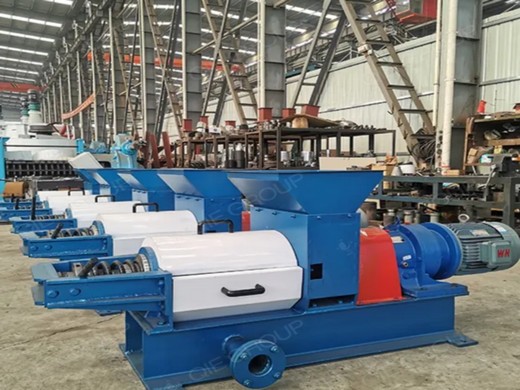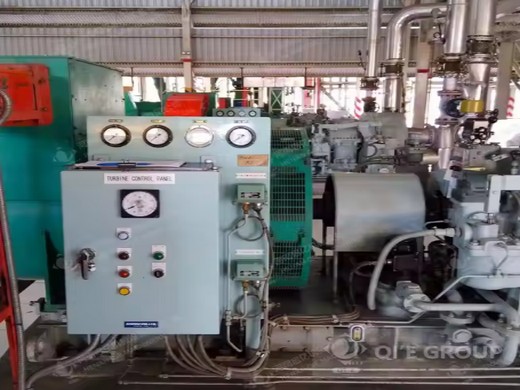palm oil plantation land for sale, palm oil plantation
A wide variety of palm oil plantation land for sale options are available to you, There are 16 palm oil plantation land for sale suppliers, mainly located in Asia. The top supplying countries or regions are Malaysia, China, which supply 43%, 37% of palm oil plantation land for sale respectively.
Today, we are proud to share a new report on the negative impacts of oil palm plantations on human rights and the environment in Myanmar. The report and its accompanying film, embedded below, was produced jointly by EIA’s allies and partners in Myanmar Tarkapaw, TRIP NET, Southern Youth, Candle Light, Khaing Myae Thitsar, Myeik Lawyer Network and Dawei Development Association.
Malaysia to levy additional 1-ringgit tax on palm oil
KUALA LUMPUR (Nikkei Markets) -- Malaysia plans to levy from next year an additional one ringgit ($0.24) tax per metric ton of crude palm oil produced in the country to channel such income to a
India tweaks rule for Malaysian palm oil after Mahathir’s CAA remark. He responds India, the world’s largest buyer of edible oils, last week changed rules to effectively bar imports of refined
Palm Oil Exports by Country
Palm tree nuts Used in food, cosmetics and as bio-fuel, worldwide demand for palm oil is robust. Indonesia remains as the market leader for exported palm oil. Global sales from palm oil exports by country totaled an estimated US$30.4 billion in 2018.
In fact, palm oil plantation expansion is responsible for roughly a third of all deforestation on islands like Borneo and Sumantra. If nothing changes, palm oil plantations are planned to replace an area of rainforest the size of Missouri and continue to endanger species like the orangutan, displace communities, and contribute to climate change.
EU-Asean relations could be better, says Hun Sen
“Europe today has unpleasant relations with ASEAN. At least five countries in ASEAN have issues with the EU. Europe has ceased to purchase palm oil
Crude Palm Oil Press Production Line In Mexico The Most Popular For Africa
soybeans peanuts sesames oil production line
soybeans peanuts sesames oil production line machinary. Sesame Oil Expeller Peanut Oil Press Coconut Oil Expeller Palm Kernel Oil Expeller Sunflower Oil Press Walnut Oil Press Castor Oil Press Machine Safflower Seed Oil Press Cold Press Oil Expeller Low Temperature Oil Press Oil Production Plant Soybean Oil Production Line.
Seeds that are off-size or immature are separately used for sesame oil production. Production And Import Of Sesame. Although India and are the top sesame producing countries in the world, the most productive sesame farms are located in Greece where 0.69 tons per hectare of sesame production was recorded in 2013.
- How big is the oil palm industry in the Philippines?
- eding the industry’s own projections.Gross areas under oil palmHarvested areas of palm oil in the Philippines were of 25,237 ha in 2003, 29,000 ha in 2007 and 46,398 ha in 2008.8 By 2011, plantations had increased to 54,748 ha.9 The PPDCI, in a draft Philippine Road Map for Oil Palm is calling for a further expansion in
- Where is sesame oil grown in Myanmar?
- Production takes place exclusively in Mandalay, Magway, and Sagaing Regions located in the central dry zone of Myanmar. The climatic conditions of those areas favor the cultivation of edible oil crops and it is also known as “Myanmar’s Oil Bowl”. Sesame can be planted and harvested throughout the year.
- Does Myanmar produce Sesame?
- Sesame sown area, production, and yield between 2000 and 2018, source: Ministry of Agriculture, Livestock and Irrigation (MOALI), 2018 [ 77 ]. Figure 4. ( a) Sesame sown area in regions and states of Myanmar, ( b) distribution of sesame production in Myanmar (data based on last 3 years’ average production). Source: authors’ construction. Figure 5.
- Is the Philippines a good place to buy palm oil?
- The country is very much ahead as the third major player in the world, supplying the demand not only for crude palm oil and its derivatives but also for seeds and hybrid seedlings. For the Philippines, government support is badly needed to overcome the large vegetable oil import, low agricultural productivity, and high rate of poverty.
- What are the requirements for exporting sesame seeds in Myanmar?
- Myanmar’s sesame seeds have the specification for export; seed purity (98%–99%), oil content (48%–51%), free fatty acid (FFA) (2% Max), admixture (1%), other color mixed (2% Max), moisture (8% Max), clean, dry, and no mold. 4.4. Constraints and Challenges of Myanmar’s Sesame Production
- Who is responsible for oil palm production in the Philippines?
- This trend still continues until now, for instance, there is no government agency in charge of the oil palm production and is tentatively covered by the Philippine Coconuts Authority.






